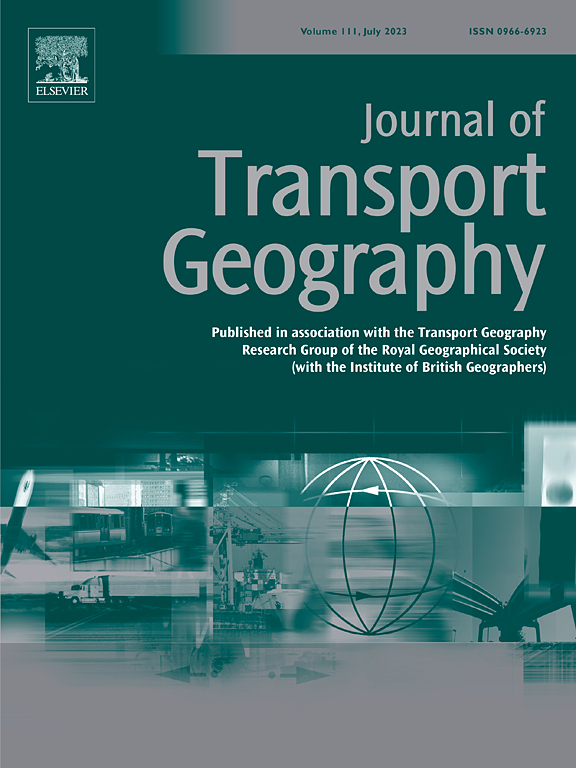Resilience measurement and enhancement of population mobility network in Beijing-Tianjin-Hebei urban agglomeration under extreme rainfall impact
IF 5.7
2区 工程技术
Q1 ECONOMICS
引用次数: 0
Abstract
In the context of globalization and regional integration, population mobility has become a critical vector for inter-city connections, essential for the stability and prosperity of urban agglomerations. However, extreme rainfall can disrupt transportation network connectivity and inter-city population flow, potentially triggering chain reactions in social sectors, thereby threatening the sustainable development of urban regions. This study examines the resilience of population mobility networks in the Beijing-Tianjin-Hebei urban agglomeration using Unicom's Smart Footprint big data. Through complex network analysis methods, this study simulates a 100-year extreme rainfall scenario and develops a comprehensive resilience assessment model. The model incorporates perturbation factors specific to extreme rainfall conditions and lays the foundation for optimization and enhancement strategies. The study finds that the population mobility network of the Beijing-Tianjin-Hebei urban agglomeration would experience a relative efficiency decline of 26 % under extreme rainfall scenarios. Heavy precipitation causes a mobility decrease of 50 % or more across cities in the agglomeration, with declines exceeding 90 % in Tianjin and its surrounding areas. In contrast, Beijing maintains its central position in the network both before and after the heavy rainfall disturbance. Finally, in the analysis of network efficiency recovery, the prioritized restoration of Tianjin's urban nodes significantly enhances overall network efficiency. Due to its higher connectivity and superior flood control infrastructure, Beijing remains largely unaffected in the network before and after the heavy rainfall disturbance. These findings provide practical guidance for enhancing population mobility networks resilience in both the Beijing-Tianjin-Hebei urban agglomeration and similar urban regions facing extreme rainfall events.
极端降雨影响下京津冀城市群人口流动网络弹性测度与增强
在全球化和区域一体化的背景下,人口流动已成为城市间联系的重要载体,对城市群的稳定和繁荣至关重要。然而,极端降雨会破坏交通网络的连通性和城市间的人口流动,可能引发社会部门的连锁反应,从而威胁城市地区的可持续发展。本研究利用中国联通智能足迹大数据对京津冀城市群人口流动网络弹性进行了研究。通过复杂网络分析方法,模拟100年极端降雨情景,建立综合恢复力评价模型。该模型包含了极端降雨条件下的扰动因子,为优化和增强策略奠定了基础。研究发现,在极端降雨情景下,京津冀城市群人口流动网络的相对效率将下降26%。强降水导致城市群各城市机动性下降50%以上,其中天津及其周边地区下降幅度超过90%。相比之下,北京在强降雨干扰前后都保持其在网络中的中心位置。最后,在网络效率恢复分析中,天津城市节点的优先修复显著提升了整体网络效率。由于北京的连通性和防洪基础设施较好,在强降雨干扰前后,北京的网络基本上没有受到影响。研究结果可为京津冀城市群及类似城市区域在极端降雨条件下增强人口流动网络弹性提供实践指导。
本文章由计算机程序翻译,如有差异,请以英文原文为准。
求助全文
约1分钟内获得全文
求助全文
来源期刊

Journal of Transport Geography
Multiple-
CiteScore
11.50
自引率
11.50%
发文量
197
期刊介绍:
A major resurgence has occurred in transport geography in the wake of political and policy changes, huge transport infrastructure projects and responses to urban traffic congestion. The Journal of Transport Geography provides a central focus for developments in this rapidly expanding sub-discipline.
 求助内容:
求助内容: 应助结果提醒方式:
应助结果提醒方式:


